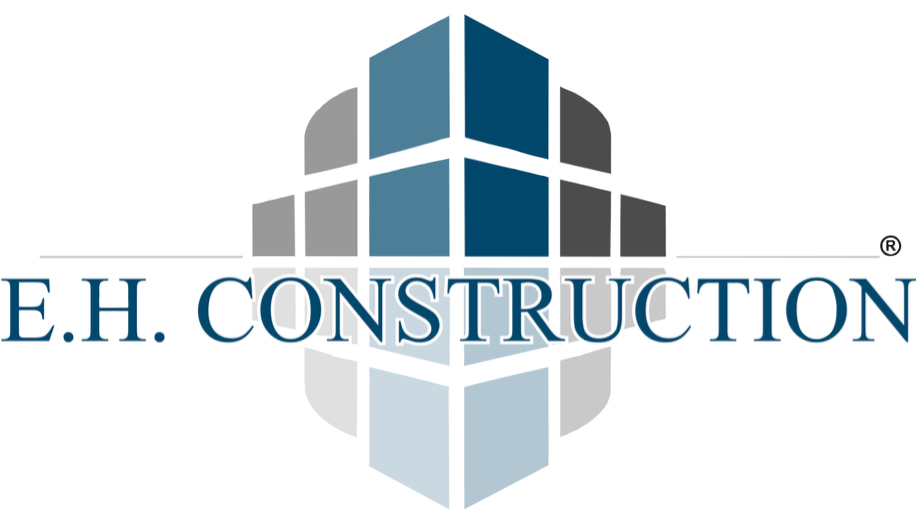Why Framing Is the Most Underrated Stage of Construction
The Unsung Hero of the Construction Site
When most people think of building construction, they picture the backhoe digging a massive hole for the foundation, or the day the ready mix concrete truck pulls up like a knight in a spinning-drum steed. Maybe they think of the shiny finish—the fascia boards, sleek windows, and custom paint jobs. But let’s get real: the true MVP of the construction site is the framing stage.
And nobody talks about it.
Why??
Because framing isn’t sexy. It doesn’t sparkle. It’s not on HGTV with dramatic music and time-lapses. But it’s everything.
1. Framing Is the Skeleton of Your Home
Without framing, your floor plan is just a drawing on blueprints. This is the moment when a house stops being a dream and starts becoming real. Every custom home builder knows this is when the structure stands up and says, "Hi, I’m your future home."
Whether you're working with CAD, BIM, or hand-sketched plans, framing is where geometry meets gravity. Want a vaulted ceiling? That’s girder truss territory. Open concept? Better get a beefy glulam in place. Dreaming of a passive house? The framing better be airtight, insulated, and dialed in for energy efficiency.
2. Framing Is Make-or-Break for Everything Else
Here’s a dirty little secret that every experienced general contractor and construction worker knows: if the framing is off, everything else will be too. Your drywall will crack. Your fire-resistive assemblies won’t pass inspection. Your flooring will bounce like a trampoline in an earthquake.
The cost to build a house can skyrocket if your framing crew isn’t on point. Cue the change orders, delays, and confused home builders scratching their heads over why the fascia won’t line up.
3. It’s a Craft—Not Just Carpentry
Good framers are part carpenter, part artist, part engineer. They understand grade, grain, form, and structural load. They're fluent in cost codes and know how to read a daily report better than a newspaper. Whether they're working over expansive soils or floating a floor for flatwork, they’re the heartbeat of the construction company.
Framing isn’t just banging nails. It’s measuring, squaring, aligning, and yes, sometimes fixing things someone else messed up (flashing, we’re looking at you).
4. The Speed of Transformation Is Addictive
A blank foundation can sit there for weeks while plumbers run forced air heating/cooling ducts or electricians wire up GFCI outlets. But the day framing starts?
It’s like watching a time-lapse in real life.
Walls go up, roofs take shape, and suddenly you can walk through your floor plan. You see where your couch will go. Where your dog will nap. Where you’ll one day tell your kids, “Don’t slam that door!”
Even the footer feels proud.
5. It Sets the Stage for Everything After
The precision of the framing crew dictates how smoothly the rest of the project goes. Poor framing? Good luck installing your fire-rated walls or aligning your green board.
Solid framing? Your felt underlayment lays flat, your siding pops, and your flashing keeps the rain where it belongs—outside.
And yes, even your frieze board (a.k.a. bird block) will look sharp.
Final Thoughts from the Field
So next time you're walking a construction site with your contractor or flipping through bid proposals, give the framing crew some love. They're the ones turning blueprints into homes, one stud at a time.
Whether you’re a seasoned builder, a first-time homeowner, or just a fan of green building, remember: framing may not get the glory—but it sure holds everything else up.
Literally.
Want to learn more about what goes into each phase of construction? Follow E.H. Construction for more behind-the-scenes insights, contractor tips, and stories from real construction workers out in the field.

